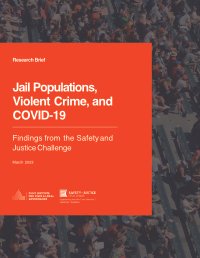By Paul McGorrery and Zsombor Bathy
An aggregate prison sentence involves a court imposing a single prison sentence on multiple criminal offences rather than a separate prison sentence on each offence. Table 1 illustrates the difference between aggregate and non-aggregate prison sentences. In the first example, the offender has received a single aggregate prison sentence of two years for aggravated burglary and theft. And in the second example, the offender has received separate non-aggregate prison sentences for the same two offences. The end result in both examples is identical – a two-year total sentence – but the method of arriving at that total sentence differs.
There are a number of advantages to aggregate sentencing. It can significantly improve court efficiency, especially in cases with a large number of charges. It can avoid the impression of ‘artificiality’ in the sentencing process, particularly if there is an impression that the court has determined the most appropriate total effective sentence that is proportionate to the overall offending, but then has adjusted the various charge-level sentences and cumulation orders to achieve that result. It can also reduce calculation errors that may occur when charge-level sentences are made wholly or partly cumulative or concurrent, again especially in cases with a large number of charges. Aggregate sentencing can also, however, reduce transparency in sentencing, limit courts’ ability to assess current sentencing practices and, as this paper shows, result in some offences receiving sentences in excess of their maximum penalty. There has, to date, been no examination of Victorian courts’ use of aggregate prison sentences since their introduction in 1997. The aims of this paper are to utilise court data to review trends in the use of aggregate prison sentences in Victoria, and to then consider issues arising from their use.
Melbourne: Advisory Sentencing Council (VIC), 2023. 28p.




















